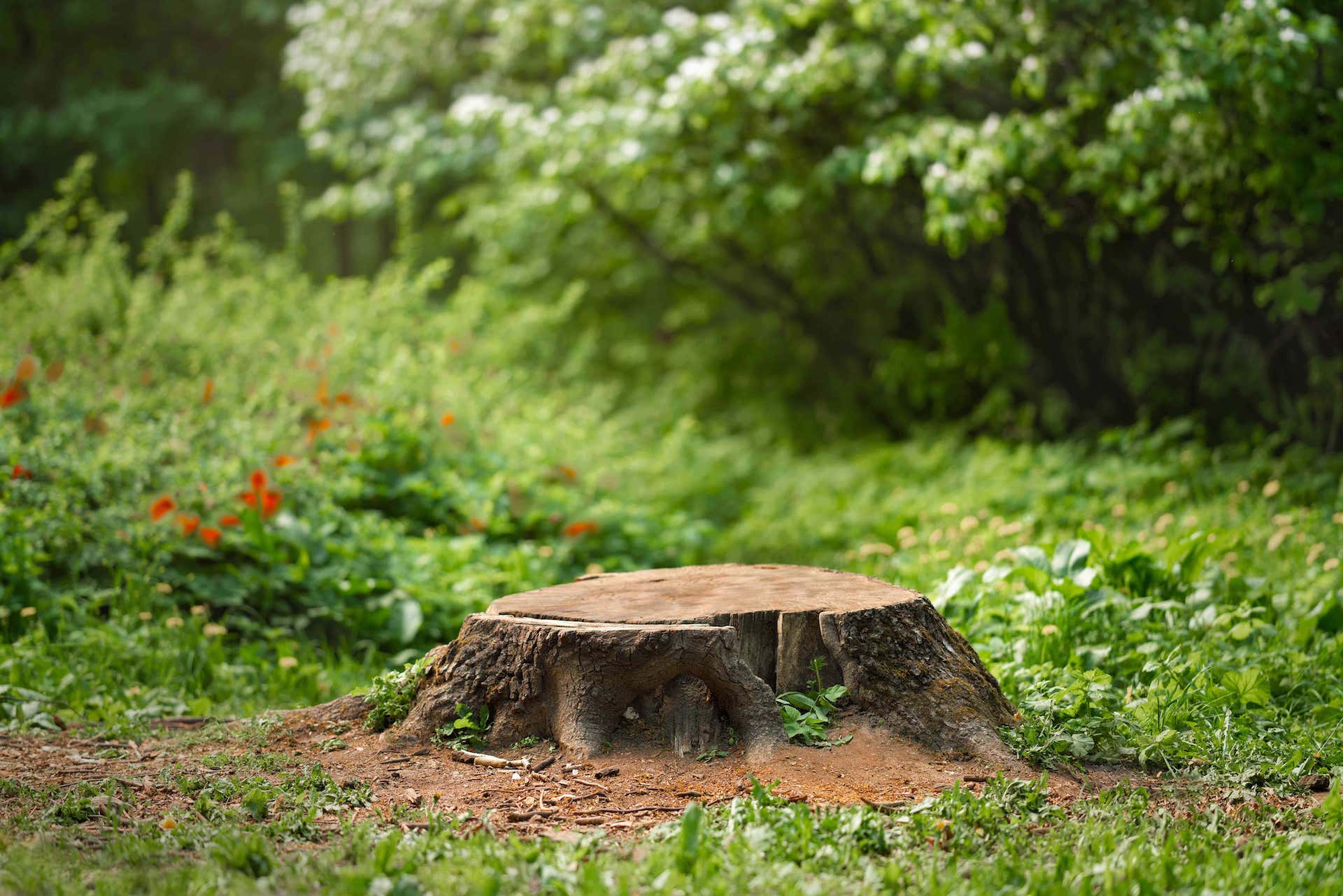
Seasonal Tree Care Tips for a Healthier Landscape Aug 10, 2025
As spring arrives, trees awaken from their winter dormancy. This period is ideal for inspecting your landscape for any signs of damage that may have occurred during the harsh winter months. Look for broken branches, disease, and pest infestation. Pruning during spring is crucial to remove dead or damaged limbs, allowing for healthy, new growth. Ensuring your trees are properly pruned not only enhances their shape and beauty but also promotes better air circulation and sunlight penetration, which are vital for their overall health.
Spring is also the time to start preventive pest control. Applying dormant oil sprays can help manage potential insect problems before they become full-blown infestations. Make sure to mulch around the base of your trees to retain moisture and suppress weeds, which can compete with trees for nutrients. A layer of mulch not only protects tree roots but also improves the aesthetic appeal of your landscape.
Summer introduces its own set of challenges, with high temperatures and occasional drought conditions putting stress on trees. Watering becomes critical during this season, but it's important to water deeply and less frequently to encourage deep root growth. Aim for watering in the early morning or late evening to minimize evaporation.
Keep an eye out for signs of stress such as wilting or browning leaves, which may indicate a need for more water or possible pest issues. Another significant summer task is to revisit soil health. Consider adding a slow-release fertilizer to provide your trees with essential nutrients, ensuring they remain healthy and resilient through the hotter months.
As fall approaches, it's time to prepare your trees for the upcoming winter conditions. Fall is an excellent opportunity to prune any weak or crossing branches that may not withstand heavy snow loads. This preventive measure minimizes the risk of storm damage.
Leaf removal is another crucial fall activity. While fallen leaves contribute to soil nutrients, too thick a layer can smother the grass and harbor pests. Removing excess leaves helps maintain a tidy landscape and reduces the risk of pest infestations over the winter months.
Finally, when winter arrives, trees go into dormancy, and though their requirements are minimal, care shouldn't cease entirely. Regularly check your trees for winter damage, clear snow from branches when possible, and ensure young trees are adequately mulched to protect roots from freezing temperatures. It's also wise to assess tree stakes and bracing, ensuring they're secure and not damaging the trunk or branches.
In summary, consistent, seasonal tree care is fundamental in sustaining a vigorous and appealing landscape. By adhering to these guidelines throughout the year, you ensure the health and longevity of your trees. The experts at Elevate Tree Care are always ready to assist you with personalized and professional services to meet your landscape’s needs. Trust us to elevate your tree care practices and keep your trees thriving every season.
/filters:no_upscale()/media/955fec08-e53d-476b-ac3b-6fe4ab6d997d.png)